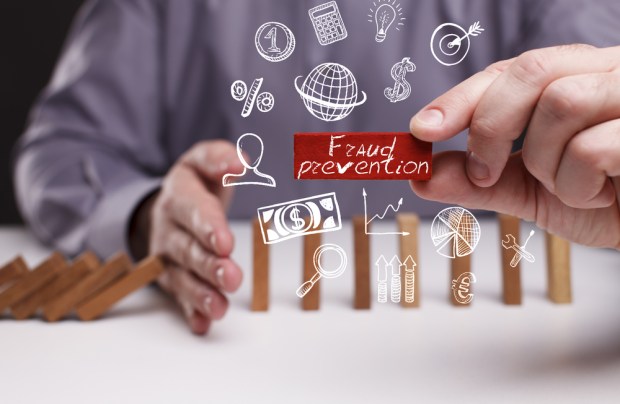Why Machines Need Humans To Beat Online Fraud

Fraudsters are nothing if not actors. Some of them are quite good, perhaps even worthy of an Oscar (or at least a Golden Globe), while others remain stuck on the level of grade-schoolers doing a poor imitation of their siblings.
None of this is meant to trivialize crime. Instead, it’s meant to put things into perspective as payments and commerce organizations gear up for the annual battle against holiday shopping season fraud — which seems likely to include more account takeovers, look-alike domains and spoofing than in years past, according to various reports and experts.
The state of fraud prevention — along with the role that expert human checks can play in this increasingly digital world — served as the foundation for a recent PYMNTS interview with Michael Van Gestel, global document and fraud specialist at Onfido, an identity verification company with a focus on machine learning (ML) and biometrics.
Digital Fraud Openings
“The world is becoming a more digital place,” he said, stating the obvious, but also describing the prime state of the global fraud opportunity. Criminals can always find loopholes in new digital products and innovations, and use digital tools (including ML) to make it past fraud defenses, stealing ID and payment details, as well as money and goods. Gift cards, for instance, are a prime target for criminals for the 2018 holiday shopping season.
It’s not an exercise of nostalgia — or of a longing for Mayberry days — to point out that the world used to work like this: A person wanting a bank account had to gather up their driver’s license, passport or other authenticating documents, then visit a branch of a financial institution (FI) during the daytime, or early on Saturday. “Now, people expect to be able to do this online, from the comfort of their own homes,” Van Gestel pointed out.
That, of course, provides opportunities during onboarding and other such activities for scammers. But it’s also an opportunity for businesses to leverage new technologies that defend against them. Biometrics and machine learning are becoming increasingly important when it comes to preventing digital identity theft, and are already being used by a number of leading financial institutions. That’s because algorithms have superior skills at detecting fraud in images of the human face, and can be more easily trained and scaled to deal with high volumes of new users.
Facial Movement
However, humans tend to do better with facial movement in videos, along with some other related areas. That’s why Van Gestel subscribes to the philosophy that human fraud prevention experts, who can augment the speed of automated computer systems, may also be better able to craft responses to new types of fraud. The “hybrid” approach has brought significant gains. For example, Coinfloor, a bitcoin exchange company, experienced a 72 percent decrease in its fraud rate within six months of switching to such a process.
“Human intervention is important to catch complex edge cases and update the algorithms accordingly,” Van Gestel said.
Of course, criminals are using their own hybrid approaches, combining human know-how and experience with ML technology to commit fraud. That serves to turn fraud, and fraud prevention, into what Van Gestel (and other experts) described as a game of cat and mouse.
One digital advantage fraudsters have now is the online availability of falsified or stolen ID documents. According to Van Gestel, one can buy a set of 2,000 documents via the “dark web” for about $350. On the fraud prevention side, though, artificial intelligence (AI) and biometrics are being developed and deployed at an aggressive pace, with iris and facial recognition and liveliness tests becoming more difficult for criminals to spoof. Criminals will never give up, but for consumers, the good news is that “your identity is becoming stronger,” he said.
The holidays will bring new data about the latest fraud trends — and fresh information about best practices, tactics and strategies to fight them. No matter what, it seems unlikely that humans will ever be confined to the sidelines of fraud prevention in a digital world.
